Linux ADB into your Ouya via the Raspberry Pi? With SSH even?!?! It's more likely than you think!
Razer finally pulled the plug on Ouya's servers on June 25 of 2019. June 25, 2013, marks the birth date of the Ouya's initial release (not bad for a console that was only designed to last for a few years). Users and preservationists have been scattering the net to find a way to keep these silver boxes running into 2019 and beyond. Of course, a lot of them have found our original Cyanogen blog entry. This article is helping people to this very day in getting rid of the Stock Ouya firmware and loading it with something that no longer requires Ouyas Authentication servers. For all of those who have come to our blog for help. Allow us to thank you for visiting this independent blog and hope that you found the answers you were looking for.
But as time progresses so does the way we think, and the way we hack our Android boxes.
Read on if you want to know more.
Our introduction begins with the death of Ouya.
The two notices from Razer are what we and many other Ouya users received in our mailboxes indicating they are going to be shutting down the servers on June 25th, 2019. Unlike most of the company profiles that Razer has, they kept their word!
Partially because they didn't want to start the fight Epic Megagames is doing to Google Play by starting their Gaming service. Also, Razer wanted in on the Google Strata market. Either way you slice it Razer not only destroyed the Ouya but their console the Forge so they can have their tail between their legs in front of Google begging for permission (and table scraps) to stay on their network.
Of course, the gaming community decided to have one final "HUZZAH!" to beat the now dead horse that was Ouya Corporation. In a sense, it wouldn't be a true Ouya send-off if there weren't a group of butt-hurt gaming reviewers condemning the console one last time while giving the Amazon FireTV a cosmic hand-job at how awesome it plays games with another handout to Jeff Bezos for payment.
It's over S! Why are you doing this kind of blog? No one cares about the Ouya anymore! Not even Razer.. Give up!
No...
For starters. We do whatever we want. You're just here for the ride!
Second, no one tells us when the fun stops with our Ouya, Not Razer and their almost insulting slogan of "By Gamers for gamers." not some fat-assed hypocritical game editor that performs slam journalism referencing his friends as 'credible sources'. Not even Julie Uhrman the founder of Ouya can tell me or ANY owner of these silver, anthracite, bronze, clear, and sometimes white boxes anymore! You've had your say in the future of gaming. Now you've declared us dead. Fuck off while we enjoy the afterlife!
Okay, why a new Ouya ADB tutorial?
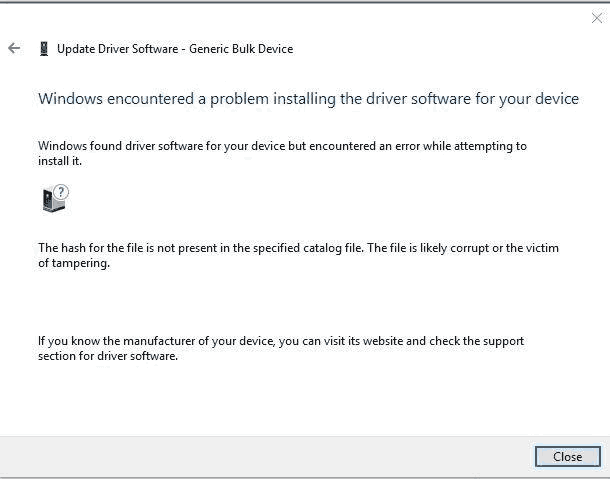
In a word? MICROSOFT!

One of the biggest problems with installing ADB for Windows 10 which despite our best efforts of documentation we still have users who cannot figure out the security of their system. Ether it is turning off test signatures for drivers, disabling secure boot. Microsoft to make their community more secure has isolated users from their hardware. Demanding that companies for hundreds of dollars for a digital certification so you don't see error messages like the one above.
After a while of thinking about this problem. With not only Windows 10 users but also MAC users as well because getting ADB running in the world of MAC is not a walk in the park either.
Combine this with the simple fact that your Ouya (Or any Android device you want to root) may not be within a few feet of your desk. It could be your living room where your Ouya belongs. this begs the question if there's an easier way to program your Ouya via ADB.
The answer is both yes and no.
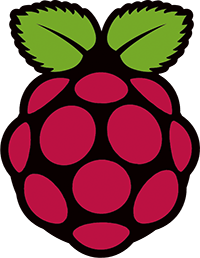
Yes, there is a uniform way of connecting to your Ouya via ADB and delivering the content required with the power of Raspberry Pi/Linux. Because Ouya was not the only Kickstarter we supported back then!
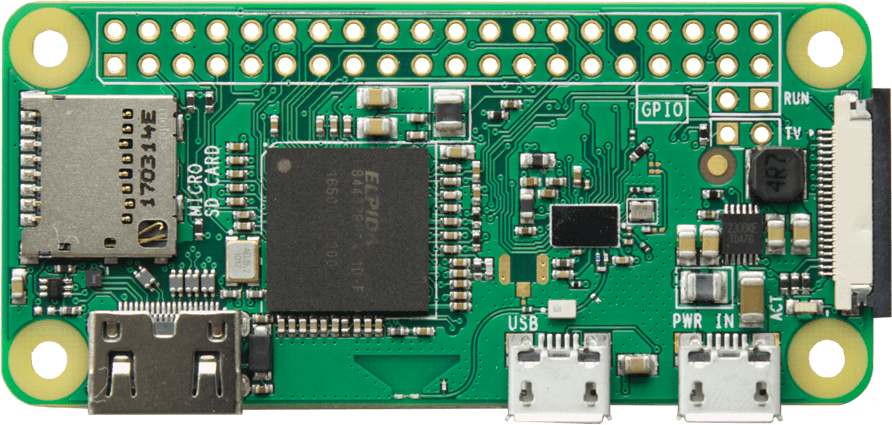
No, in the respect that it requires a little more setting up. Because we're going to use Linux as an intermediary between our MAC/Windows box and the Ouya itself! Many Linux kernels have the capability for the ADB-tools library built right in so why fight with an OS that rejects the use of the ADB bridge and chooses an OS that embraces it?
To us, it's worth the extra time in the command line to be able to wireless connect ADB to our Ouya anywhere around the house. Without further interruptions, let's begin the installation.
The tools of the trade.
Here are some of the items you will need to perform this style of ADB installation.
- A Pi! Or an embedded device of some sort. Preferably one with wireless capabilities for networking and for moving it around the house near your Ouya.
- A standard male USB-A Cable to Micro-USB cable. Don't cheap out on this cable! You're fast boot will never forgive you if your USB cable is garbage!
- A keyboard/mouse if you plan to use the Raspberry Pi directly and not use SSH or Samba for your installations.
- A Micro-USB to standard USB adapter if you get the Raspberry Pi Zero with Wi-Fi on it.
- A 16GB of greater SD/MMC card will be used as the OS/Storage on our Pi-based device.
- USB to SD/MMC card reader for your PC or MAC for generating the initial image to your Pi of choice (note, if your embedded platform has its own NAND Flash ram this may not be necessary)
Note: If you already using the USB hub and keyboard on the Raspberry Pi for accessibility. It may be better to transfer that over to the Ouya when navigating the recovery partition. It's easier to transfer keyboards and hubs back and forth than having two of everything on the desk. Also, you do not need to have a Raspberry Pi. Just a PC with Debian or Ubuntu Linux and a workable USB port and you should be able to follow along just fine as well.
Breaking apart the blog for Raspberry Pi Vs. Ouya.
This is something we don't like doing guys.
We always have this sustained hatred for bloggers who break apart their tutorials into separate blog articles as it's a shitty attempt to minimize bounce.
But in this situation, it's probably justified given that just one of these articles is almost 1000+ words by itself with pages and pages of graphics and video. When you change one element such as using Linux for ADB instead of an OS like Windows or MAC, everything has to be rewritten, videos have to be made. It's a huge undertaking. If we didn't do this then we would be depriving you the reader of how we not only ADB into our Ouya but other devices like our Android phones, and even the NVIDIA shield.
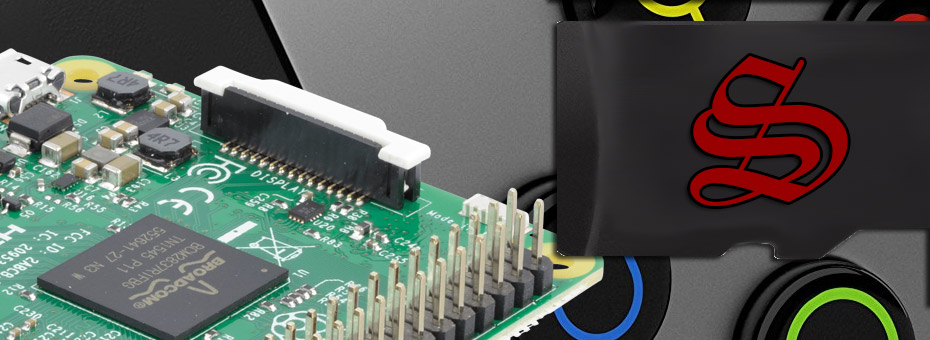 Section 1: Loading your Raspberry Pi image and preparing for ADB/Fastboot.
Section 1: Loading your Raspberry Pi image and preparing for ADB/Fastboot.
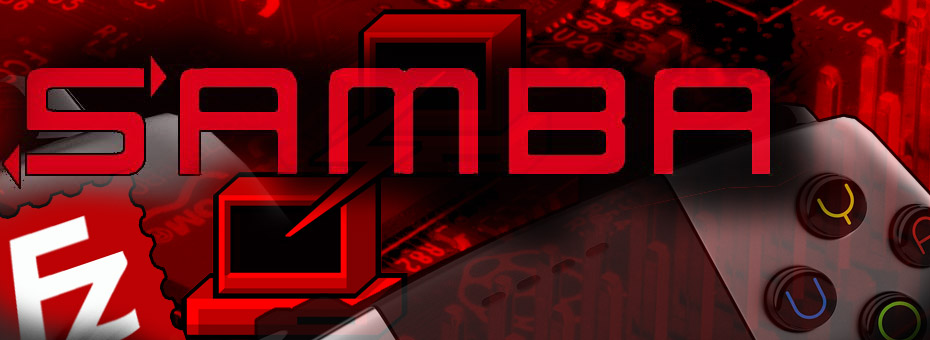 Section 2: SSH and Samba access for headless/wireless use.
Section 2: SSH and Samba access for headless/wireless use.
 Section 3 - Method 1: Sideloading Lineage onto your Ouya.
Section 3 - Method 1: Sideloading Lineage onto your Ouya.
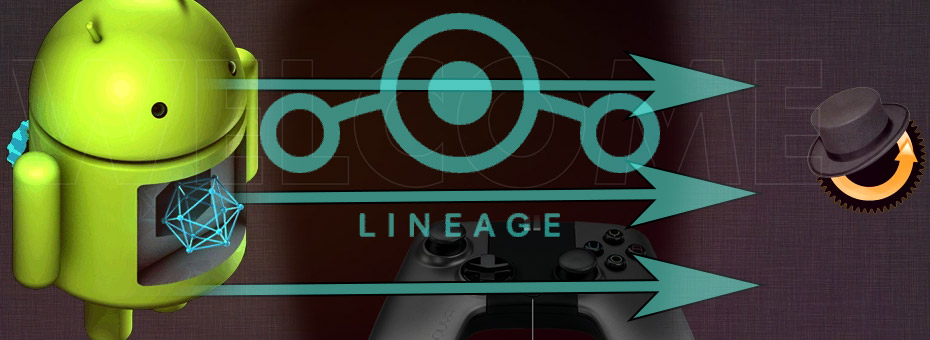 Section 3 - Method 2: ADB Pushing files for Lineage.
Section 3 - Method 2: ADB Pushing files for Lineage.
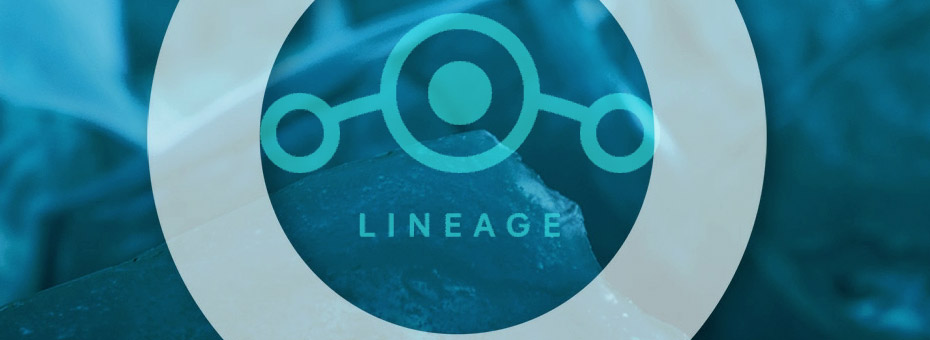 Section 4: Tweaking your Lineage OS to work better.
Section 4: Tweaking your Lineage OS to work better.
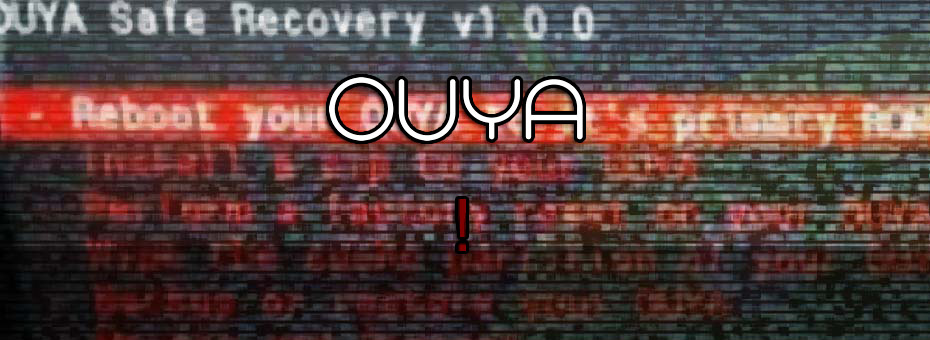 Section 5: The "Undo" button. Restoring Ouya Firmware to stock.
Section 5: The "Undo" button. Restoring Ouya Firmware to stock.
If you are new to Raspberry Pi you might want to check out section 1 which covers the absolute basics of getting an OS onto a Micro-SD on your Raspberry Pi, updating it, and getting the android tools onto the system.
Acquire the software:
A blog or tutorial should be responsible enough to provide you with all the tools you need to perform what it is teaching. This is why we use a blog CMS service instead of just joining a forum to dump this content upon. This is the belief that we hold. The downloads that you click on here are being hosted locally and with no tracking/spyware/adware/malware attached to them. We are not going to throw you off into some garbage "Free-Filez" site that's going to load your Android or PC with crap either! However, I should also throw a disclaimer that anything you download off of the internet is suspect. That you should have a virus scanner on your machine to ensure that the files you are getting are legit.
Always check your data!
![]() I have set up a link for all of the Lineage to take place on your Ouya known as "lineageouya.zip". Click here or on the Download icon to the right to begin downloading the 7-zip file.
I have set up a link for all of the Lineage to take place on your Ouya known as "lineageouya.zip". Click here or on the Download icon to the right to begin downloading the 7-zip file.
Extract files from the archive:
Use your favorite file extraction utility on the 7-zip file you just downloaded. For this tutorial, we will be extracting to /d0/ on the Raspberry Pi which we will be using as a reference point throughout this tutorial. If you extract it elsewhere or if you are on a MAC or Windows box make a note of where you extract it to and make adjustments accordingly.
The files that are in lineageouya.7z are as follows:
- adb.exe for windows (which isn't necessary) as well as the two DLLs required to run ADB
- fastboot.exe for windows (which isn't necessary ) which will be required to upload the recovery-clockwork-6.0.4.8-ouya.img via the micro-USB cable.
- zip folder containing the following:lineage-11-20190501-NIGHTLY-MLQ-ouya (Ouya nightly build of the Lineage OS) gapps-kk-20140105.zip (Google Play Apps) ouyabootmenu-mlq-v2.0.4.zip (required for Ouyas boot-menu) ouya-keylayouts.zip (which contains .kl files for the Ouya controller as well as a few other genetic controllers) recovery-clockwork-6.0.4.8-ouya.zip (This version of clockworks gets installed onto your Ouya boot-loader and does not get removed). Please note: At the time of the article this was the most current nightly build. Newer versions can be acquired here.
- A windows driver folder containing files that allow you to access your Ouya in both "ADB" mode and "Fastboot" mode. The android_winusb.inf is already modified to find an Ouya on USB device USB\VID_2836&PID_0010. This is placed here for the convenience of Windows users and is not used for the Raspberry Pi Linux tutorials mentioned here.
- apk folder although we will not be using any APK during the installation of Lineage they are exceptionally handy to have after you have installed everything as I shall show you later. Such as quick boot.
firmware download is available as well:
Click here to download RC-OUYA-1.2.1427-r1_ota.zip - the zip container is the firmware and needs no extraction unless you want to check out the guts.;)
All of the videos!
To provide complete transparency you can download every video tutorial that is within these blogs! Please keep in mind that it's not required to watch every single video as some of the videos show either optional techniques or different methodologies of flashing your Ouya and installing software onto it via the Raspberry Pi. The videos that are loaded in this library are shown in the order that is presented in the "Breaking apart the blog" section of this documentation. For more information or to focus on a particular section click on the following blog entries above.
 Preparing Raspberry Pi for ADB with the Ouya:
Preparing Raspberry Pi for ADB with the Ouya:
In case you have no-script enabled or for some reason cannot see the title video on this website. We have provided direct links for these videos. For more information about the standards we use on this site click here if you would like to know more.
 SSH and Samba setup with configuration:
SSH and Samba setup with configuration:
 Recovering from firmware failure:
Recovering from firmware failure:
 Video mirror of (Method1) Sideload ADB pushing Lineage:
Video mirror of (Method1) Sideload ADB pushing Lineage:
 Video mirror of (Method 2) ADB file pushing Lineage:
Video mirror of (Method 2) ADB file pushing Lineage:
 Video mirror of (optional) Tweaking the Lineage OS:
Video mirror of (optional) Tweaking the Lineage OS:
Final thoughts:
One of the questions I sometimes get is:
Why do you care so much about the Ouya?
The Ouya to us wasn't as much of a game console to many out there as it was to our teacher. A little cheap box that if you started to inject things into and it broke, it's no big deal! It's not an $800 cellphone. We do not fear bricking this device! Once you conquer your fears then anything is possible.
The Ouya continues to teach the gaming community that just because you landed a wicked Kickstarter campaign doesn't mean the company is going to make smart decisions about what to do with the future of their company.
The Ouya taught us the Android OS. We even compiled some code (badly) on it using Eclipse.
The Ouya even did change the way the gaming industry operated but not in the way the company or anyone thought. By challenging companies' high-priced SDK licenses for game development. During Ouya's PR campaign, Xbox and PlayStation, and later Nintendo recognized what Ouya was doing and addressed the pricing structure for indie developers stating it's now free to port their software to Xbox, PlayStation, and Nintendo.
Their proactive efforts were what was responsible for destroying Ouya before it even had a chance to send its first consoles to the hands of developers. Which without the Ouya even existing, I would think Sony would still be charging 3-5k to develop for their console. So, the next time you see an indie developer sign up to one of the big three to bring their game from PC over. Just remember it wasn't the overflowing generosity of free SDKs that made it possible. It was the blindingly hard work of the developer. Get it right!:D
But Ouya played its part in gaming history. Remembered as a failure and a warning to all who oppose the status queue while silently changing things in the background pretending it's nothing at all. It's how any winner would write history. Painfully reminding us that sections of the gaming industry and a lot of gaming journalism that it's about tribalism. If a silver box threatens their giant black or white box it's a threat that must be destroyed quickly.
Even in death, the Ouya continues to teach us. This time about the volatility of digital lockers and DRM-based gaming. If a community no longer sees it financially viable to continue hosting games for their end-users they can simply terminate their agreement and let hundreds if not thousands of dollars vanish in a puff of smoke! Google Play, Steam, and Epic, they're all digital lockers housing games that do not operate without them. If bankruptcy occurs then you as a gamer are bitched just like Ouya users now. This lesson will ultimately fall into darkness just like most of my blogs because gamers simply do not care to demand more. There will be a day of reckoning for the community. But! Not our problem anymore now is it?
HAH! Google will NEVER FAIL!
Yeah, they said that about Yahoo in the '90s. look where they are now.
The Ouya was always teaching. But did anyone listen? I'd like to think so.
Onward with the thoughts.
This is probably one of our most ambitious blog articles from all of the video/time/effort put in. But we feel it's worth it because it gives another option on how to handle Android programming and loading. If Microsoft wishes to lock down its OS more and more alternative methods must be researched to attain a level of usability that is not only acceptable but common among all computing platforms to understand.
Granted, this tutorial involves having to either have a Linux box ready to rock and roll and/or purchase a Raspberry Pi with a wireless option to do this with ease. However, once configured the Raspberry Pi almost acts as a multi-tool. Not only being able to login to Ouya but other android based devices as well. All of it was done remotely without the hassle of overriding drivers or turning off the security of an OS.
Finally, this updates our Android methods to 2019 to what we are using when working with Ouya, that between backups, restores, firmware flashing, and sideloading the Raspberry Pi ends up doing all of the heavy lifting. Not our PC anymore. It's unfortunate the commercial OS industry instead of teaching people how to be safe with their operating system; Wishes to instead take the path of least resistance and lock the user away from their system. But at the same time, it once again proves the wondrous age of technology that we live in. That for anywhere from $7 (USD) to $35 (USD) depending on the model you could simply get a credit card-sized system to do things a major corporation does not want you to do. Which is to hack, glitch, and explore.
We hope that you found these blogs and videos useful until next time.
That's what server said.
+++END OF LINE

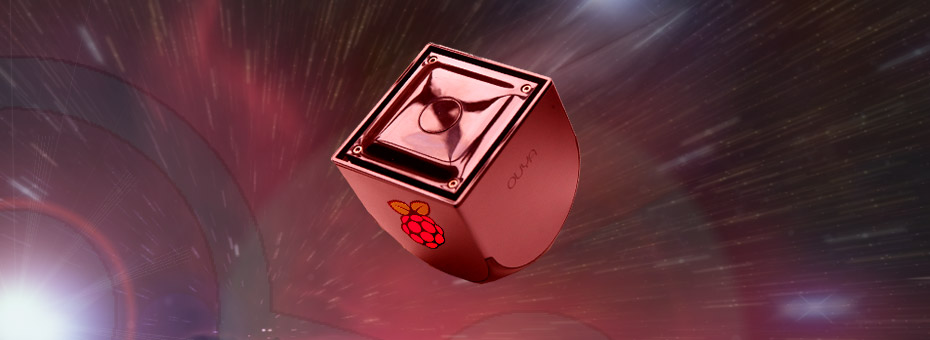
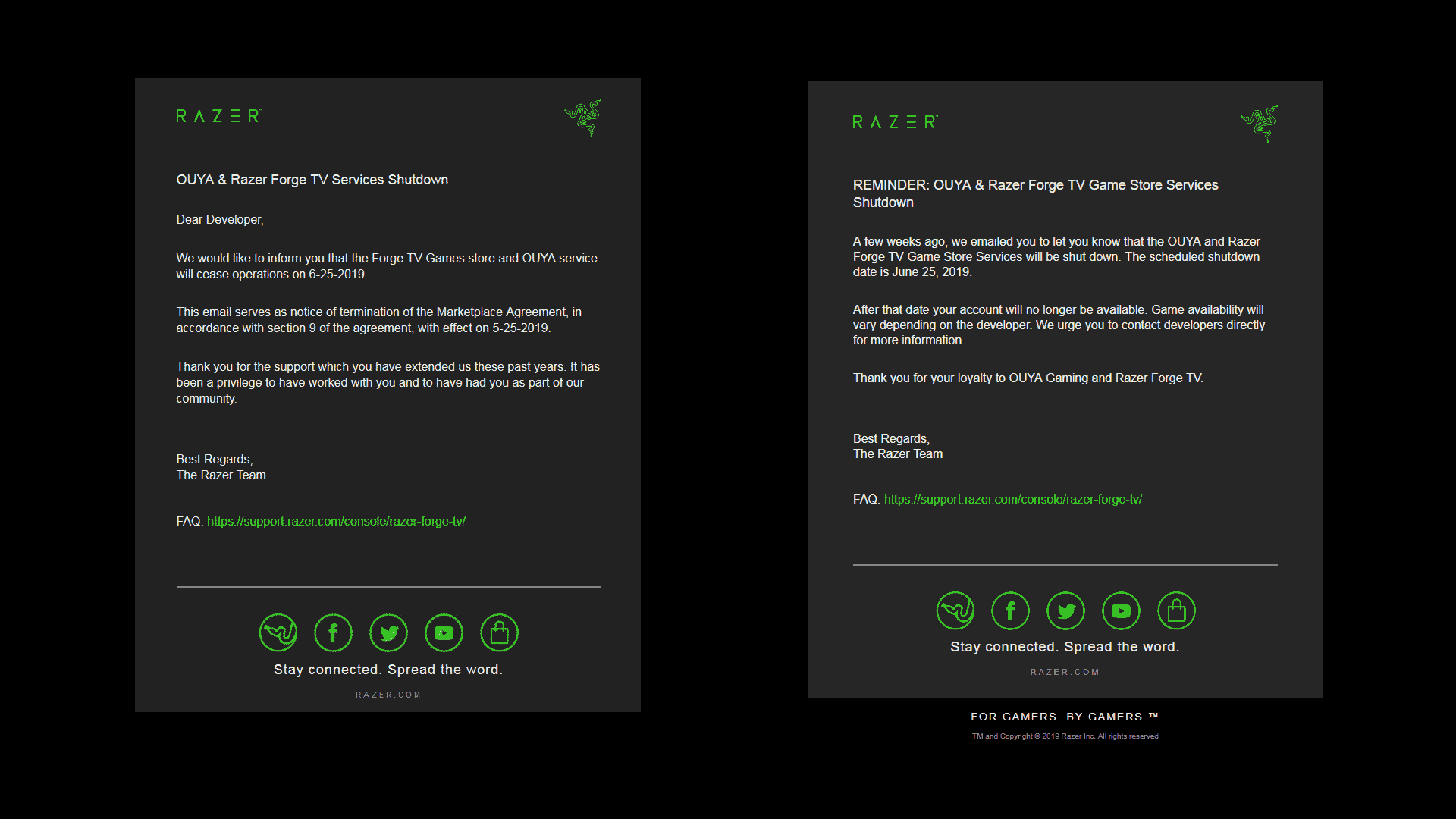
i have the smaller rasp pi XD
I've managed the Raspberry Pi Zero to work with the aid of a mini-USB/USB adapter. In some ways, it's a little nicer because of its small-form package. But overall does the same task as being an android ADB programmers instead of using windows.
Thanks for checking out my blog yo!
- S
Hello S,
thanks for your blog. Did you know there is a PostmarketOS build for the ouya? It seems also there is some activity around the mainline kernel regarding the Tegra3 processor.